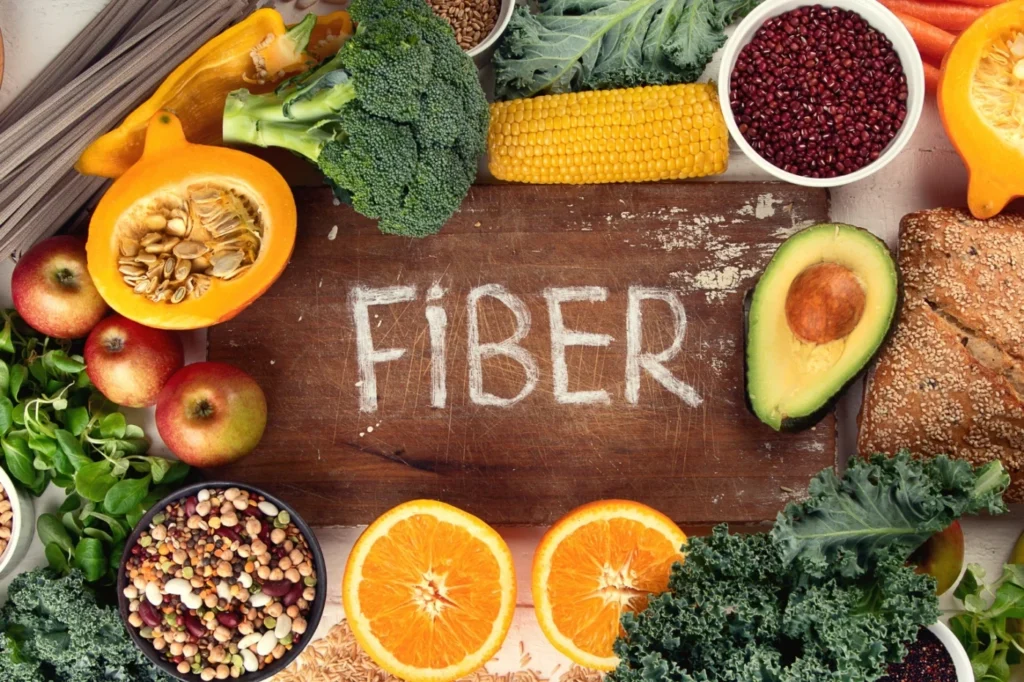
We often hear that fiber “keeps you regular,” but that’s just scratching the surface. Fiber isn’t just about digestion – it’s one of the most powerful tools for gut and immune health. And yet, most people aren’t even coming close to getting enough.
Let’s unpack why this matters, what’s at stake, and how to fill the gap.
The Silent Fiber Deficiency
According to global dietary studies, over 90% of people fall short on daily fiber intake – often by a wide margin. The recommended minimum is around 25–30 grams per day, but most people only get about half of that.
The problem? A low-fiber diet doesn’t just slow digestion – it can starve your gut microbiome.
Why Fiber Feeds Your Gut Bacteria
Your gut is home to trillions of microbes that rely on prebiotic fiber to survive. These fibers aren’t digested by your body – instead, they travel to your colon, where they feed your good bacteria.
As they ferment the fiber, your microbes produce short-chain fatty acids (SCFAs) – anti-inflammatory compounds that:
- Support immune function
- Maintain the gut lining
- Regulate mood and blood sugar
- Reduce risk of chronic diseases
📖 See the science: PMC9787832 – Short-Chain Fatty Acids and Human Health
Low Fiber = High Risk
Without enough fiber:
- Your gut bacteria weaken and die off
- Harmful microbes may take over
- SCFA production drops
- The gut lining becomes vulnerable – a condition sometimes called “leaky gut”
This can lead to symptoms like:
- Bloating and constipation
- Fatigue
- Food sensitivities
- Skin issues
- Weakened immune defenses
Long term, a low-fiber diet is linked to higher risk of diabetes, heart disease, autoimmune conditions, and even depression.
Why “Healthy” Diets Still Fall Short
Even people eating “clean” may not be getting enough fiber.
Diets high in protein, fat, or juice-based cleanses often lack:
- Beans and legumes
- Whole fruits (not just juice)
- Seeds and nuts
- Vegetables with skins
- Whole grains
And yes – refined carbs, ultra-processed snacks, and white breads strip fiber right out of the equation.
✅ Easy Ways to Fill the Fiber Gap
The good news? You don’t need to count grams to improve your gut.
Just aim to eat more variety and plants, including:
- A handful of seeds or nuts daily
- 2–3 different veggies per meal
- Legumes like lentils, chickpeas, or black beans
- Swap refined grains for whole ones
- Add fruit skins (like apples, berries, pears)
💡 Gut tip: Feed your bacteria like a diverse garden. The more different plants you eat, the richer your microbiome becomes.
Final Thought: Fiber is More Than Roughage – It’s Microbial Medicine
It’s time to stop thinking of fiber as a bland add-on. It’s foundational to gut health, immune strength, and disease prevention.
Don’t let hidden fiber gaps keep your microbiome malnourished.
Start small, stay consistent – and your gut will thank you.
